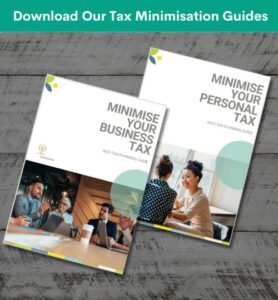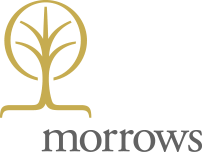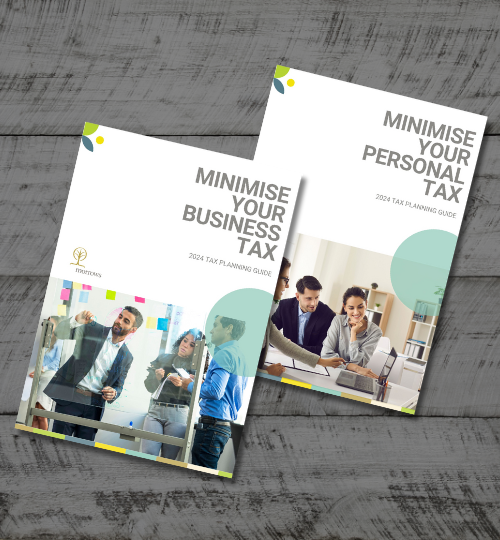With the end of the financial year approaching, now is the ideal time to meet with your advisor and discuss the best actions to take before 30 June 2025 to reduce your tax liability and grow your wealth.
Having a well-thought-out tax strategy is key to minimising your tax bill. We encourage our clients to start planning early to allow enough time to implement the most effective tax-saving strategies. The sooner you plan, the better the results! If you haven’t yet scheduled a tax planning meeting, contact your advisor today!
What tax minimisation strategies should you consider for 2025?
To help prepare for tax time, our Morrows advisors have developed our 2025 Tax Minimisation Guides, outlining a range of tax strategies that can help reduce your personal and business tax bill this financial year. Below is a summary of what you can expect from the guide. Complete the form below to download the full summary.
The top 3 key tax saving strategies for business owners in 2025 are:
1. Instant Asset Write-Off for Small Businesses
- The government has extended the $20,000 instant asset write-off for businesses with an aggregated turnover of less than $10 million.
- Eligible assets must be first used or installed between 1 July 2024 and 30 June 2025.
2. Prepay Business Expenses
- Small business owners can bring forward deductions by prepaying expenses such as rent, insurance, and subscriptions before 30 June 2025.
- This strategy allows businesses to reduce their taxable income in the current financial year.
3. Defer Investment Income and Capital Gains
- If possible, arrange for the receipt of investment income (e.g., interest on term deposits) and contract dates for the sale of capital gains assets to occur AFTER 30 June 2025.
- Key note: The contract date (not the settlement date) determines the financial year in which a sale is taxed.
Key Tax Saving Strategies for Individuals in 2025 include:
1. Upgrade to an Electric Vehicle (EV) with a Novated Lease
- Novated leasing of electric vehicles remains a highly tax-effective option.
- Check for state-specific EV incentives and Fringe Benefits Tax (FBT) exemptions that may apply. Read more abut electric vehicle tax benefits here.
2. Salary Sacrifice to Super or Other FBT-Exempt Items
- If your annual income is $45,000 or more, salary sacrificing to super can boost your retirement savings while reducing taxable income.
- Public hospital and charity employees can salary package up to $15,900 tax-free, plus an additional $2,650 for meal and entertainment expenses.
- Employees can salary sacrifice laptops, mobile phones, and tablets as FBT-exempt assets.
3. Maximise Superannuation Contributions
- The tax-deductible super contribution cap has increased to $30,000 for all individuals under 75.
- If your total super balance is below $500,000, you can carry forward unused concessional contributions from the past five years to increase your deduction in 2025.
- Spouse Contributions: If your spouse earns below $37,000, you may qualify for a $540 tax offset by making super contributions on their behalf.
4. HECS-HELP Prepayment – Reduce Indexation Impact
- HECS-HELP debts are indexed annually on 1 June. Given recent high indexation rates, consider pre-paying your debt before 1 June 2025 to reduce the impact.
5. Optimise Capital Gains Tax (CGT) Timing
- Take advantage of the 50% CGT discount for assets held for more than 12 months.
- Delay asset sales until after 30 June 2025 if your income is expected to be lower in the next financial year.
- Offset capital gains by realising capital losses before 30 June 2025.
- Read more about property tax deductions here: Rental Property Tax Deductions article.
How Morrows Can Help – Strategic Tax Planning Session
Tax planning is about maximising financial opportunities while ensuring compliance with the latest tax laws. To make the most of available deductions and structure your income tax-efficiently, schedule a meeting with your advisor before 30 June 2025.
Taking action early ensures a well-structured plan tailored to your personal and business needs.
 Want to learn more Tax Minimisation Strategies?
Want to learn more Tax Minimisation Strategies?
Download our two Tax Minimisation Guides today. These comprehensive guides outline over 30 additional tax saving strategies to help reduce your personal or business tax bill this financial year.
Fill in your details below, to gain access to these guides for free.





